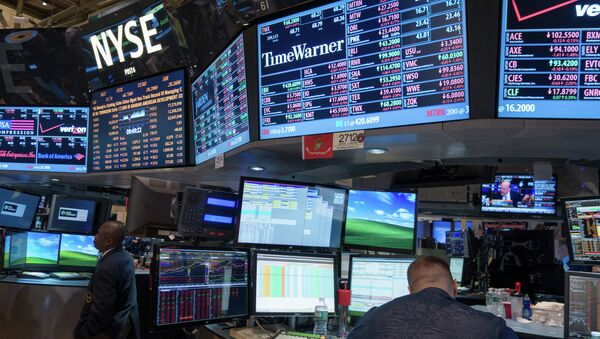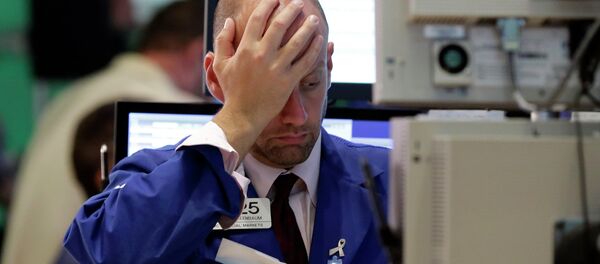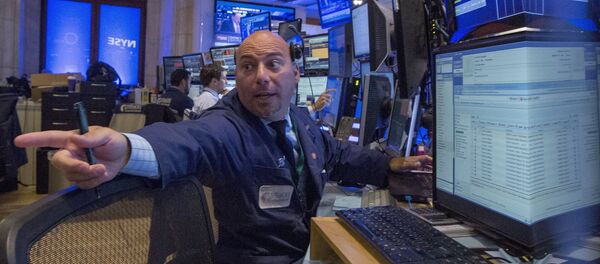Monday's market collapse can hardly be called a crisis, said Young in an interview. “It is a sad day but nonetheless it isn’t such a crisis as everyone is trying to make it to be.”
“Obviously what we have is a structural problem over China. The Chinese markets have been deteriorating for some weeks now. So what we are seeing is a global market scenario but the whole story is very much overblown. Black Monday was in 1987; that was the day when we saw 25-30% falls in the stock market across the world. The fact is that the Dow Jones is worth 8 or 9 times more than what it was worth in 1987,” Young said in an interview with Sputnik.
He goes on to say that there is a fundamental crisis in China and that affects the global economy but it is definitely not yet the “Great Global Meltdown of 2015.” This is not an incredible cataclysmic event.
That said, he acknowledged the fact that many people experienced great losses due to hundreds of millions being wiped off the world’s financial markets on Monday.
In the greater wider economic picture of things, Young said that what worries him the most is seeing economic growth reduction in the Chinese market. “We see plunging oil prices, plunging commodity prices that may suggest that we do have a potential risk of a global recession.”
“For the US that is not good at all as it has had a much longer economic expansion than it should be on average. It is a similar situation in Europe particularly in Britain.”
“The governments in this case must act reasonably and demonstrate actual statistics and promote activities that will try and maintain confidence in the economy. But particularly in the Western world, they induce a great deal of confidence when actually the course of the last 7 years has been effectively one big lie,” Young said.
On Friday, world markets concluded their worst week of 2015. The trend has continued this week with Asian and European markets continuing to post major losses. By midday Monday, London, France, and Germany were all down more than 4 percent. US markets lost more than 3 percent on Friday across the Dow, S&P 500, and Nasdaq.




